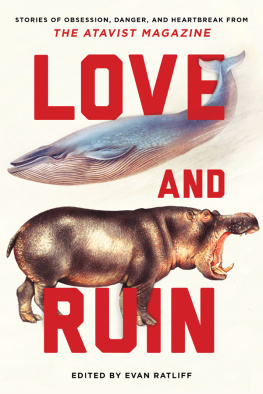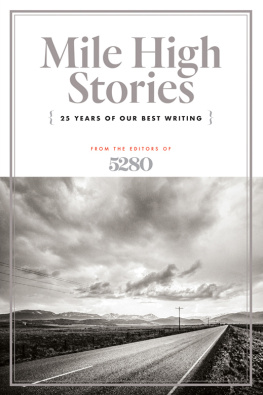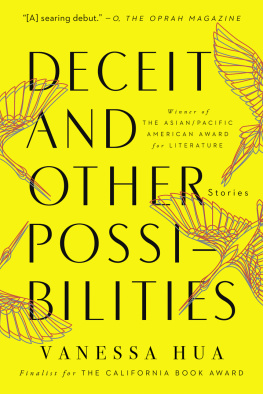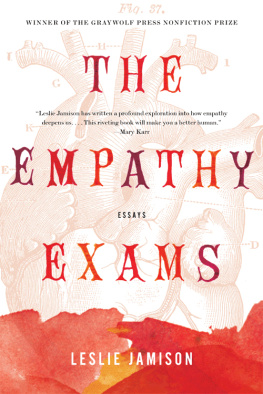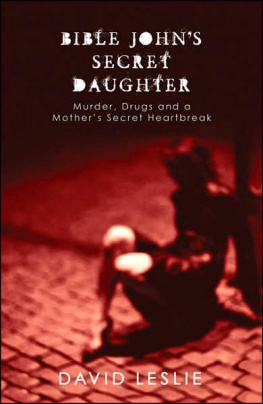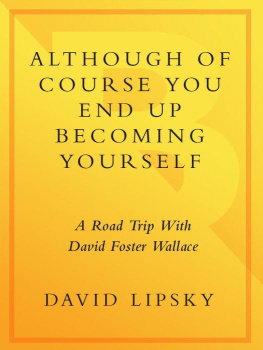
LOVE
AND
RUIN

Copyright 2016 by Atavist, Inc.
Introduction copyright 2016 by Susan Orlean
All rights reserved
First Edition
For information about permission to reproduce selections from this book,
write to Permissions, W. W. Norton & Company, Inc.,
500 Fifth Avenue, New York, NY 10110
For information about special discounts for bulk purchases, please contact
W. W. Norton Special Sales at specialsales@wwnorton.com or 800-233-4830
Book design by Chris Welch
Cover design by Steve Attardo
Cover images: (blue whale) Balaenoptera musculus and Balaenoptera physalus, blue whale and fin whale, Plate 43 from British Mammals Vol. 1&2 by Archibald Thorburn (1860-1935) / Natural History Museum, London, UK / Bridgeman Images; (hippopotamus) Brown Bear / Windmill / Universal Images Group / Bridgeman Images
Production manager: Lauren Abbate
ISBN 978-0-393-35271-9 (pbk.)
ISBN 978-0-393-35272-6 (e-book)
W. W. Norton & Company, Inc.
500 Fifth Avenue, New York, N.Y. 10110
www.wwnorton.com
W. W. Norton & Company Ltd.
15 Carlisle Street, London W1D 3BS
TO MATT POWER
In the world of biology, an atavism is a reversion to a lost trait in a modern lineage. Its a kind of evolutionary teleportation, like a whale born with vestigial leg bones, or an extra nipple in humans, that happens when genes recombine. Five years ago, when we created The Atavist Magazine , we aimed to do something similar with the storytelling tradition of great magazines and nonfiction booksto recombine and revive them where they were least expected to thrive: online.
At the time, telling serious stories digitally was considered quixotic at best and utterly futile at worst. As the flood of digital life seeped into our lives and pockets, so too came calls for the stories we consumed to be increasingly simplified and bite-sized, to accommodate a perceived decline in our attention spans. Longform written storytellingof characters and deeply reported facts and intricate plotswas, it was said, going the way of the black rhino. Our magazine is built on questioning that wisdom, asking whether a small group of editors, writers, designers, and fact-checkers might bring to life true, gripping narratives that were compelling enough to capture readers in the digital age.
In its conception, The Atavist Magazine is simple. Each month we offer one longform, nonfiction, narrative story, a tale containing intimately etched characters, surprising twists, and universal human struggles. We present each one digitally, on the Web, with a unique designenabled by software we create ourselves, called the Atavist platformmeant to be consumed on your computer, your tablet, or your phone.
To do that, however, requires that we place equal measures of trust in our authors and our audience. For our authors, it means giving them the freedom to explore deeper narratives than those in a typical magazine. Because we avoid the house style that often creates a paint-by-numbers effect in magazine features, it means placing each authors own voice at the center of the story. The result is an eclectic mix of styles, as akin in some ways to a series of short books as to the traditional magazine feature, but united by the fundamental approach at their heart.
Weve needed to trust, as much, in our readers. Not only that you were out therean idea that was not popular on the Internet in 2011but that you, inundated by the ephemera of Twitter and Facebook, still yearned for true tales of love, betrayal, and human failing. That if we could hook you with great writing, we could keep you for much longer than any publisher on the Internet would dare expect.
Five years on, this collection is a testament not just to the work that a small group of writers and editors has put into the world, but to the smart, engaging audience that still exists for stories like these.
There is some irony, of course, that we are now committing these stories to paper. The Atavist Magazine has been entirely digital from the beginning. Indeed, we are known as much for establishing a new style of longform design on the Weboften featuring video, interactive graphics, and soundas for the pieces animated by that design. But we dont see the two as a contradiction. In fact, stories meant as a breakwater against the creep of online ephemerality are naturally at home in print, the medium that originally inspired us to create them.
Given the confines of these two covers, though, it was no simple prospect to choose the pieces here from among the fifty-plus issues of The Atavist Magazine . Here you will find narratives that stand outside time, including those from reporters who spent months or years tracking down subjects, earning their trust, and piecing together their accounts.
For the title story, Love and Ruinwinner of the 2015 National Magazine Award for Feature WritingJames Verini embeds the story of one couples romance, and one womans dedication to Afghanistan, into four decades of the countrys history. In The Sinking of the Bounty , Matthew Shaer reconstructs a ships final voyage and the Coast Guard investigation into her demise, an account of heroism and hubris in the eye of a hurricane. Essayist Leslie Jamison, in 52 Blue, examines the unusual community of people obsessed with a whale that sings at a frequency52 hertznever before heard by scientists and inaudible to other members of its species. She comes away with an absorbing meditation on what it means to be alone, and how we seek meaning from the natural world.
There are within these pages, as well, writers who have burrowed deep into archives in search of the great lost figures from an earlier era. In American Hippopotamus, Jon Mooallem uncovers the story of two superspies and sworn enemies from the early twentieth century who unexpectedly became allies in an insane plot to feed a hungry America. Adam Higginbotham, in A Thousand Pounds of Dynamite, delivers a darkly hilarious account of a bomb left inside a Lake Tahoe casino in 1980and the bizarre extortion plot that disintegrated with its detonation.
Finally, there are writers in these pages who have mined their own lives for wrenching but illuminating memoirs of romance, loss, and recovery. Youll find David Dobbs tracking down his mothers lost love from sixty years ago, and Brooke Jarvis recounting her time in Americas last leper colony. Both Cris Beam and Vanessa Veselka examine the fragility of memory and the haunting fog of the past, each in their own way, by unwinding their twisted family histories.
What binds these stories together is the keen eye with which their writers capture people and events, and their knack for hooking us into a story and never letting go. We hope youll find it to be storytelling in its best, most atavistic, sense.
Evan Ratliff
Editor-in-chief, The Atavist Magazine
by Susan Orlean
Let us first dispense with the issue of the name. For some reason, no one has settled on a name for stories that amble inward and outward but are built of real facts from real lifein other words, the kinds of stories The Atavist has been laying out, like jewels on a velvet pillow, for the last five years. The label creative nonfiction has had a good run, but it has always made me uncomfortable: too many people interpret the word creative to mean that the genre entails fabrication and invention. New journalism is kind of snappy, except this kind of writing is not really very new. Daniel Defoe was writing new journalism in the not-very-new year of 1704, when he published The Storm , and there have been practitioners working at it in every century since. Narrative nonfiction is a nice solid name but a bit of a mouthful. At the moment, longform seems to be the most popular description, but I worry: Doesnt it make the stories sound like theyre just too damn long?
Next page
